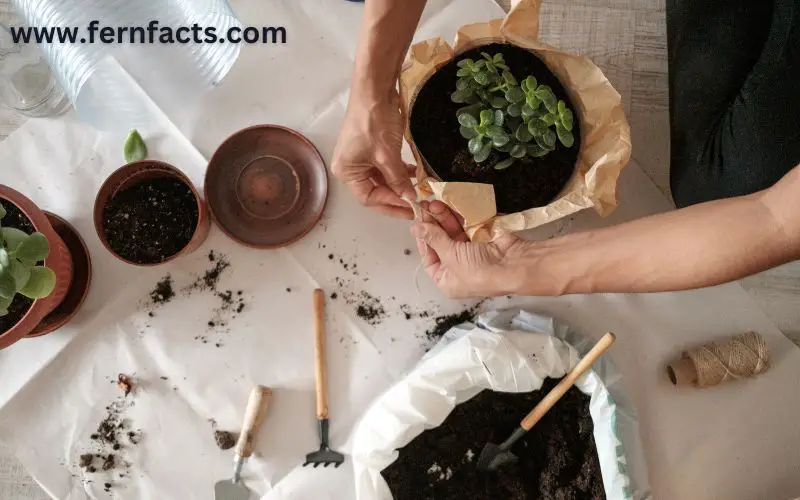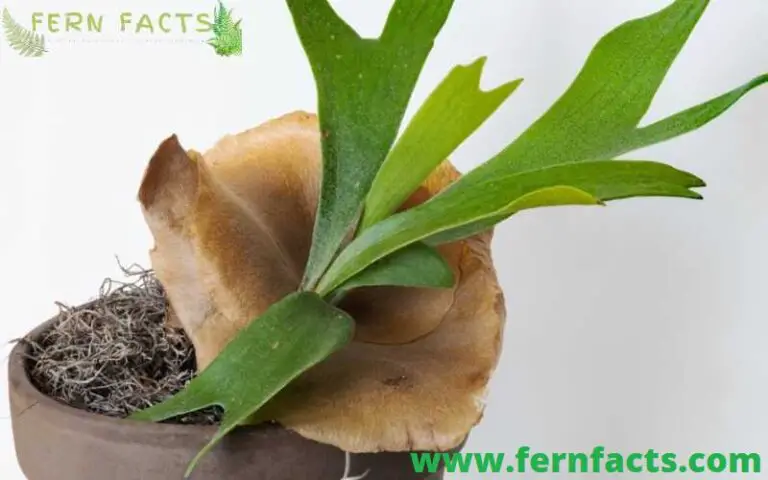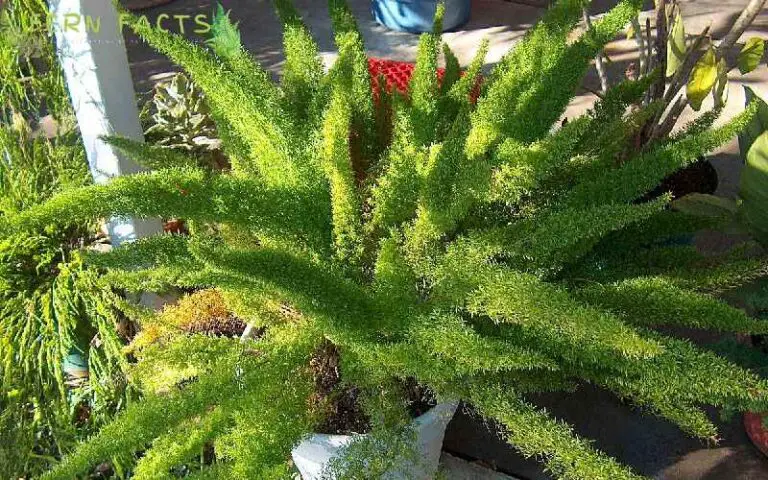When Should a Fern Be Repotted?
Ferns are low-maintenance elegant plants that will provide additional beauty to your house. However, do you know when a fern should be repotted?
Well, Don’t be stressed out. In this article, I will demonstrate when your ferns will need repotting by providing the signs of repotting.
Later I’ll give you some extra repotting tips to consider and how to transplant your ferns so that you can replant your ferns successfully and enhance their growth. So let’s start the topic.
Sign of Repotting Your Ferns
There might be some possible reasons why you have to re-pot your ferns. Here are the reasons:
Rotten Roots
If you see that your fern’s soil is becoming mushy and soggy then you have to repot your ferns. This happens when you overwater your plants excessively.
You will notice if you press the soil to get a closer reaction, you’ll notice that the water will come through the soil. It means, already your ferns roots have started to rot then you have to change the pot to prevent its further situation.
Root Bound
Another issue is the root-bound issue. If you notice your ferns are root bound in the pot then it is high time you need to change the pot or container.
Root bound happens basically if the ferns are there for a longer period like over 2-3 years. Then ferns are getting bigger over the period but they don’t get enough space to accommodate in the small pot.
Then their roots start to be bound in the small pots. Thus, if you see any root-bound situation, then you need to change the pots immediately.
Physically Damage
The third reason is if your fern plants face any physical damage then you need to change the pot.
Sometimes, unintentionally we might break pots or if you have pets in your house like dogs or cats, then it would be a more common scenario to break the pot by them.
Then, you need to change the pots after noticing it, otherwise, it might harm the root of your plants.
Slow Growth or Stopped Growth
If you observe your ferns are not growing, or have stopped growing, then it’s a sign for you to do repotting of your ferns with new soil mixture.
Because they require new soil mixture over the years which will boost their growth. Hence, if you notice your ferns are not growing anymore or have slow growth, then you need to change the pot to enhance their growth.
Things to Consider When You Are Repotting
There are a few things that you might need to concentrate on when you tend to re-pot your ferns. Here are:
Choose a minimum 2-inch bigger pot or container
If you have determined to report your fern plants, then firstly you need to choose a minimum 2-inch bigger pot or container from the previous pots.
This will give your ferns enough space to grow and nourish inside the pots by accommodating themselves. Try to choose a pot that has more than one drainage hole then it will drain out extra water more easily.
New Soil Mixture
Certainly, choose new fresh soil with all other components according to your fern species. Try to mix organic compost, perlite, peat moss, and fertilizer to enhance the soil quality of your fern.
Never use the previous old soil mixture in the new pot, it might not create any effect to boost their growth. This type of soil will be able to give them enough nutrients and can also hold the moisture in it.
How Do You Re-pot Your Ferns?
To report your ferns, you need to choose a pot with a deeper shallow container or pot as I have already mentioned in the previous section.
As per the guidelines, choose a pot at least 2 inches bigger in size so that they’ll get proper accommodations to develop.
Later, fill the pot with your new mixer soil with organic compost, peat moss, perlite, vermiculite, etc. Then take your plants and loosen the soil.
You can wash the soil from the roots which will wash away other dirt, dust, or any bacteria from the roots. Later, replant your fern in the pot and fill it with your new mixing soil.
Then water the plants so that they can get enough hydration and the roots get settled in the soil. Lastly, locate your pot where your ferns will get dappled filtered shade.
Try to repeat the process every 2 to 3 years since they will require repotting.
Wrap Up
In short, ferns are the best low-maintenance houseplants to have for your house or garden. Apart from low maintenance ferns, they still will require repotting every 2 to 3 years later.
If you observe rotten roots, root-bound situations, and sun or physical damage then you have to report your ferns as soon as possible.
By choosing a new soil mixture and a new pot with appropriate drainage holes, you will be able to give your ferns a healthy thriving life to live in.







